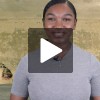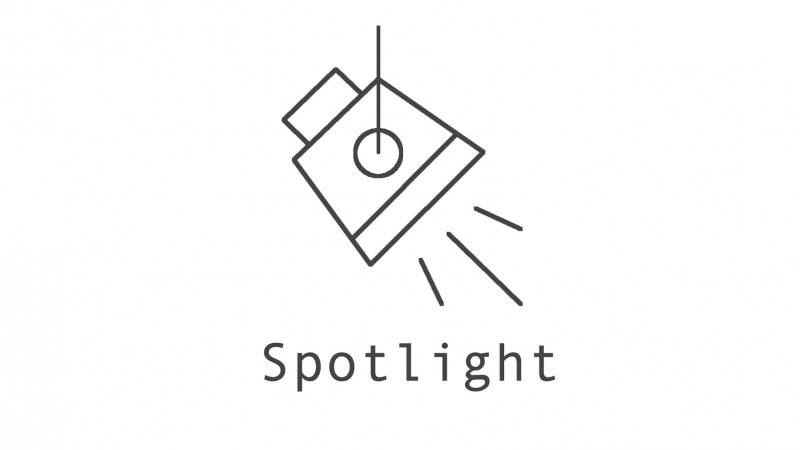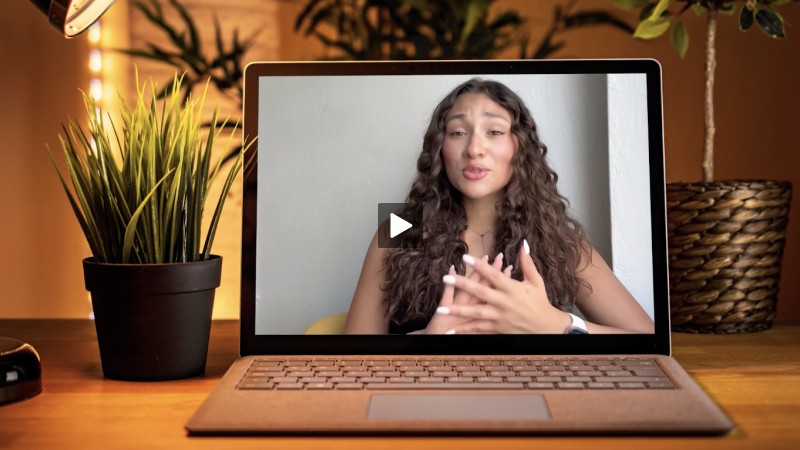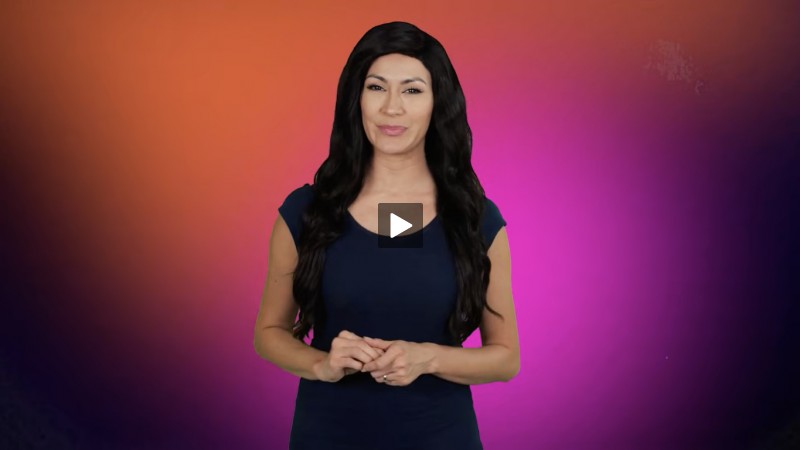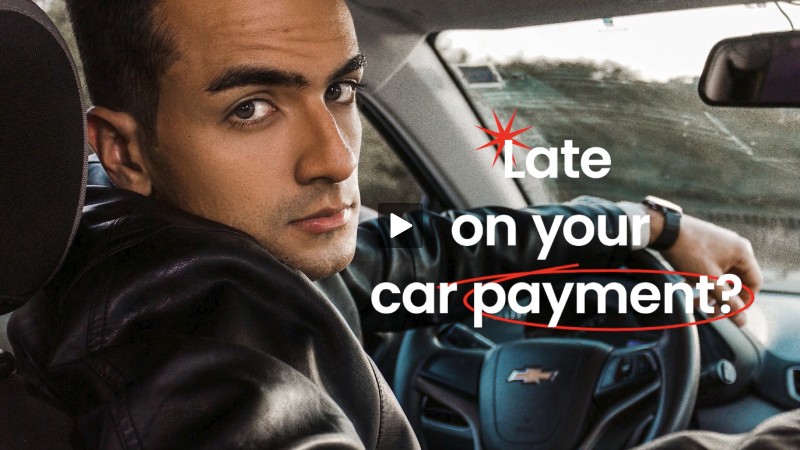How to Fact Check Coronavirus Information
- Details
- Written by The FoolProof Team
- Category: Articles

So, how do you determine what is factual, useful, misleading or false when it comes to the Coronavirus?
Start with these 7 tips:
- Learn the basics about the disease such as symptoms and how it's spread.
- Be wary of claims about where the epidemic started and how it started.
- Verify images and videos related to the epidemic since these can be taken out-of-context.
- Check numbers of cases, deaths, and fatality rates. These numbers change constantly and vary depending on the source.
- Watch out for these who try to minimize the threat or to create a panic.
- Check official sources before sharing prevention or treatment methods.
- Learn what's still unknown.
Checking out claims about the virus’s origin:
This article from the Poynter Institute's Politifact is a good start.
Then check out these three fact-checking sites.
The Coronavirus Collection: Fact-Checking COVID-19 from Snopes.com
SciCheck from FactCheck.org focuses on false and misleading scientific claims. It covers more than just the coronavirus.
Truth or Fiction? covers the coronavirus but doesn't have a specific section for it.
Quick Tips
Quick tips to help you determine if an article or site is trustworthy.
Look at the domain name and address (URL). Is it familiar or similar to a well known site? For example, if it ends with .co or .com.co then it is probably not a reputable source.
Look at the about section. It should have information about who runs it, it's mission, and how it is supported. You should be able to find out more information about the site or authors through an internet search. If it doesn't have an about section, that's a red flag.
Look at the quotes. Who said them? Can you verify who the quoted individuals are? Can you find the quotes elsewhere?
Check the date. Old articles reappear regularly, especially on social media.
Headlines can be misleading so read further.
Images can be used out of context, misidentified, and dated. Use a reverse image search to see if it is used elsewhere.
Search to see if you can find the information on other sites.
Remember, if you can't verify a story then it's probably not true.










